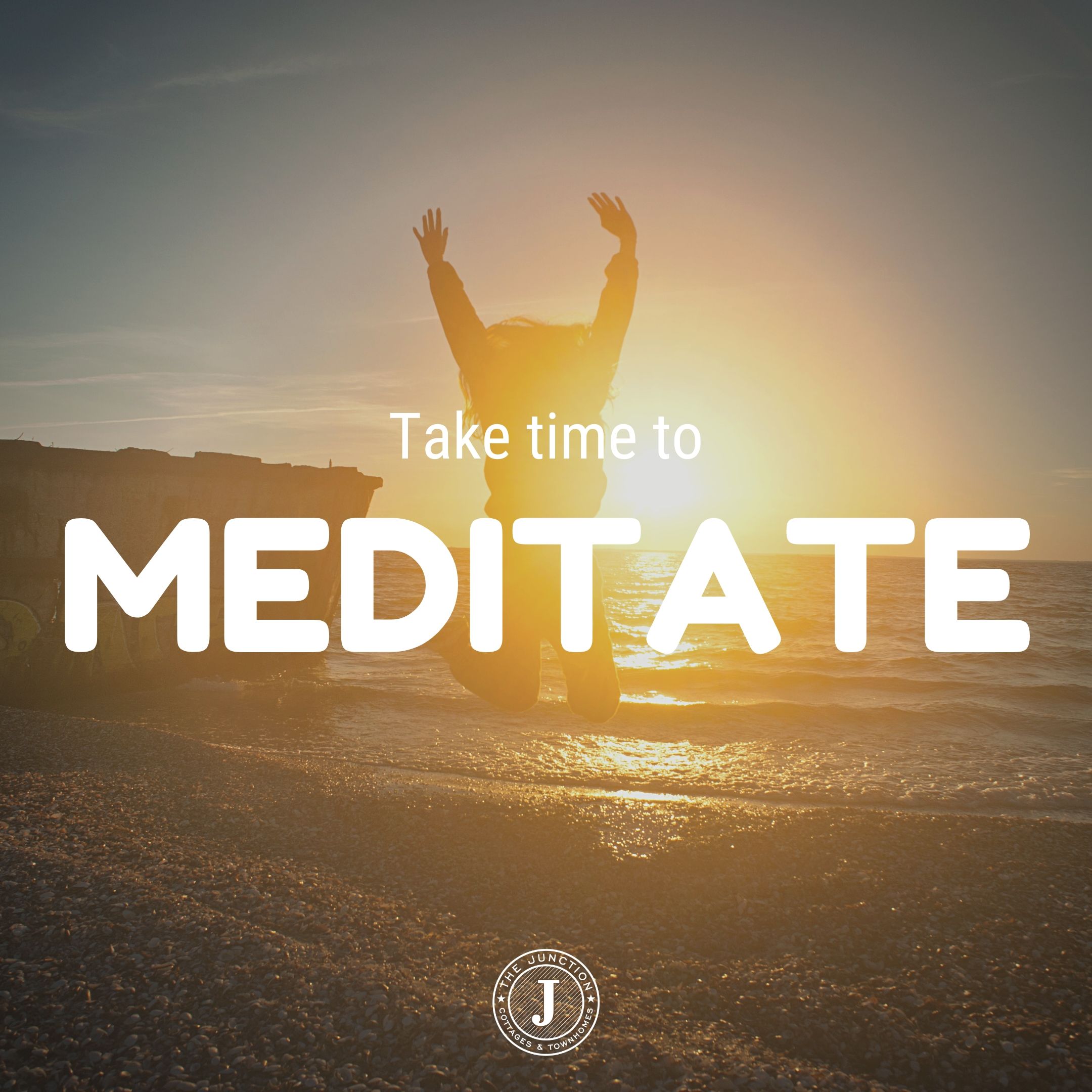How to Meditate? Grasping Mindfulness for Everyday Life
Wiki Article
How to Meditate: A Step-by-Step Method to Achieving Mindfulness and Tranquility
Meditation serves as a powerful device for achieving mindfulness and psychological calm in a fast-paced world. By recognizing the basic concepts and strategies associated with meditation, people can cultivate a technique that improves their total health. This conversation will certainly lay out crucial steps, from developing a conducive setting to incorporating reflection into everyday regimens. As we discover these parts, it ends up being clear that the trip to mindfulness is not just concerning the act of being in silence, yet instead regarding cultivating a much deeper connection with oneself and the world around us. What might this transformation require?Understanding Meditation
Recognizing meditation involves grasping its basic concepts and techniques, which function as the structure for the method. At its core, meditation is a psychological workout targeted at promoting relaxation, developing internal power, and developing empathy and insight. The practice motivates people to focus their focus, frequently through techniques such as deep breathing, visualization, or concept repetition.Reflection can be categorized into different designs, consisting of mindfulness, transcendental, and loving-kindness meditation, each with unique purposes and methodologies. Mindfulness reflection highlights present-moment understanding and non-judgmental monitoring of thoughts and feelings, while transcendental reflection involves using details rules to go beyond normal idea procedures. Loving-kindness meditation concentrates on developing an attitude of love and compassion towards oneself and others.
Despite the technique used, the primary objective remains regular: to cultivate a much deeper understanding of the mind and its patterns. This self-awareness cultivates emotional resilience, quality of thought, and a profound sense of calm (How to meditate?). By understanding these techniques and principles, people prepared for a successful meditation practice that can significantly enhance their general health
Planning For Your Method
Prior to beginning your meditation practice, it is vital to develop a setting for concentrate and relaxation. Select a peaceful space where you are not likely to be interrupted. This can be a corner of an area, a yard, or any area that stimulates a sense of tranquility. Guarantee that the area is clean and cost-free of mess, as a neat setting can help get rid of the mind.Take into consideration the lights, as natural light can improve your state of mind and energy. Soft, warm lights is usually a lot more calming than rough fluorescent lights. Furthermore, pick a comfy temperature, making certain that you are neither also warm nor also cold.
Including aspects that promote harmony can additionally enhance your experience. This might consist of soft paddings or blankets for convenience, as well as soothing aromas from vital oils or incense. It can also be helpful to have actually a timer set for your meditation session to stop disturbances from clock-watching.
Standard Meditation Strategies

One more effective technique is body scan reflection. This involves psychologically scanning your body from head to toe, observing any type of locations of tension or discomfort and consciously kicking back those muscles. This method cultivates a much deeper connection between your body review and mind.

Finally, loving-kindness meditation concentrates on cultivating empathy towards on your own and others. Calmly repeat expressions of goodwill, enhancing emotional well-being and interconnectedness. Each of these strategies works as a foundation for your meditation trip, allowing you to locate the approach that reverberates ideal with your personal practice.
Maintaining Focus and Mindfulness

Establishing a committed meditation room can improve the ability to maintain mindfulness. A peaceful, clean setting lessens disturbances, enabling deeper immersion in the practice. In addition, setting a time restriction can assist manage assumptions; starting with much shorter sessions may alleviate the transition into longer techniques.
Making use of strategies such as body scanning or observing sensations can likewise reinforce mindfulness. These methods encourage professionals to stay existing and involved with their physicality, anchoring their interest in the moment. Normal practice is crucial; the brain develops strength in time, producing a more powerful capacity for focus.
Incorporating Meditation Into Life
Including meditation into every day life can transform regular activities into chances for mindfulness and self-reflection. By integrating mindfulness practices into common tasks, individuals can cultivate a better sense of presence and harmony amidst the numerous hours of day-to-day life.Begin by recognizing minutes throughout your day where you can practice and stop mindfulness. Even ordinary tasks like walking or cleaning recipes can end up being possibilities for reflection by routing your this content focus to the sensations of movement and the sounds bordering you.
In addition, alloting devoted times for reflection can reinforce its method. Begin with short sessions, progressively boosting period as you end up being much more comfy. Use tips or hints-- like a details time of day or a relaxing noise-- to develop uniformity.
Inevitably, the goal is to weave mindfulness into the textile of every day life, permitting you to come close to each minute with intent, therefore boosting your general sense of well-being and clarity.
Verdict
In verdict, effective reflection requires a silent setting, a comfortable position, and a focus on the breath. Regular meditation, also in quick sessions, cultivates a deeper connection to the existing moment, ultimately leading to better tranquility and mental special info clearness in day-to-day life.Meditation can be categorized into different styles, consisting of mindfulness, transcendental, and loving-kindness meditation, each with unique purposes and methodologies. Mindfulness reflection stresses present-moment recognition and non-judgmental observation of feelings and thoughts, while copyright entails the usage of particular concepts to go beyond common idea procedures.With your reflection space prepared, it's time to explore numerous fundamental reflection techniques that can help grow mindfulness and inner peace.Regularly keeping focus and mindfulness during reflection can be tough, especially for those new to the technique.Developing a committed reflection room can boost the capacity to maintain mindfulness.
Report this wiki page